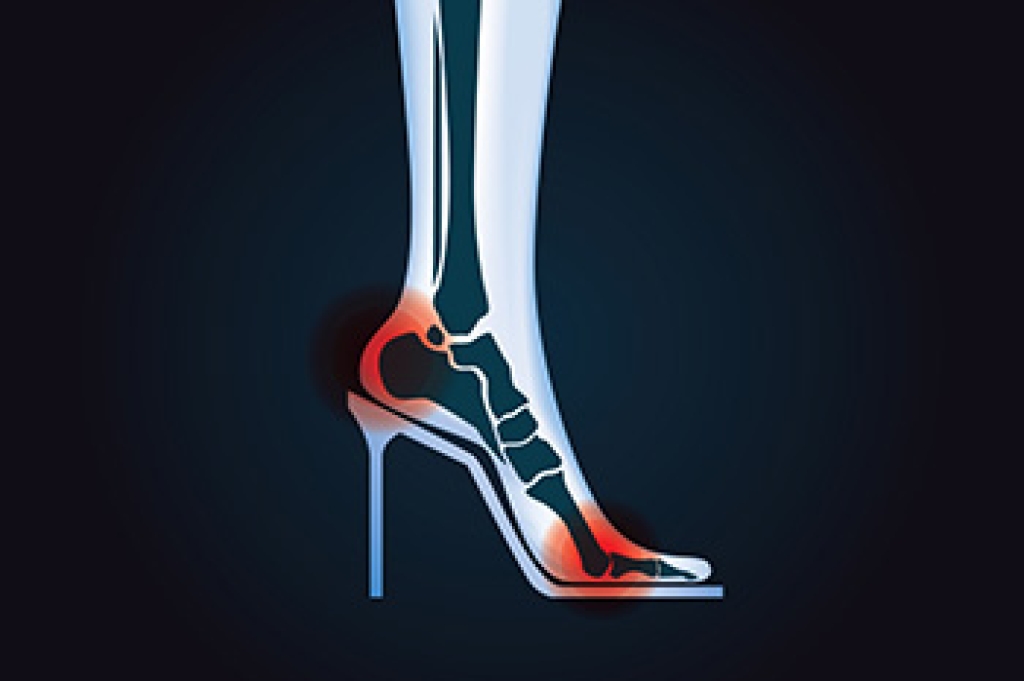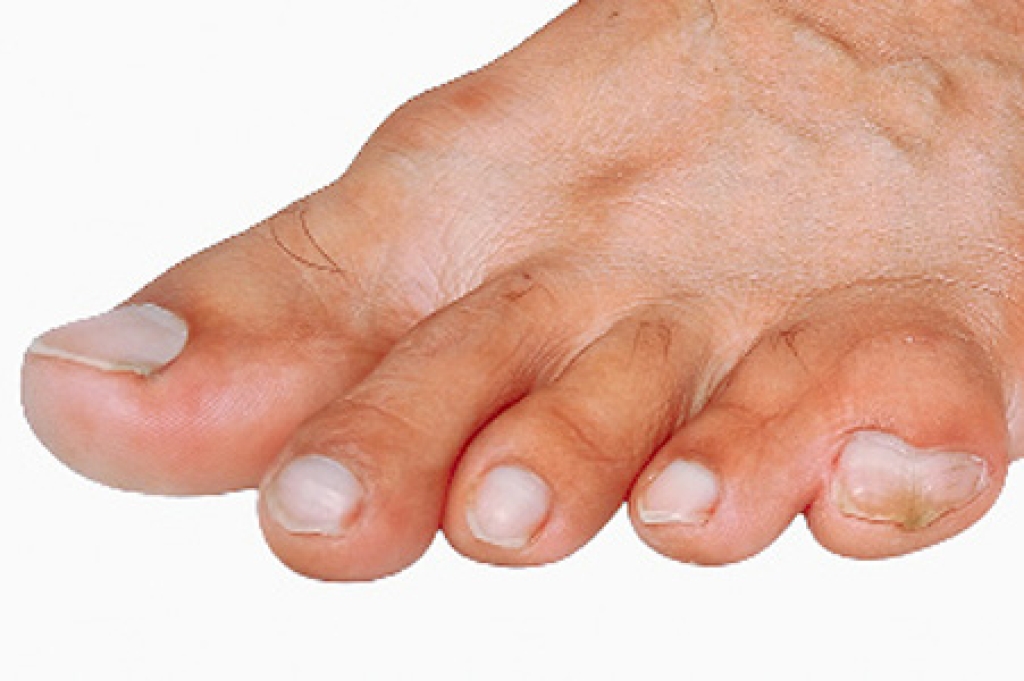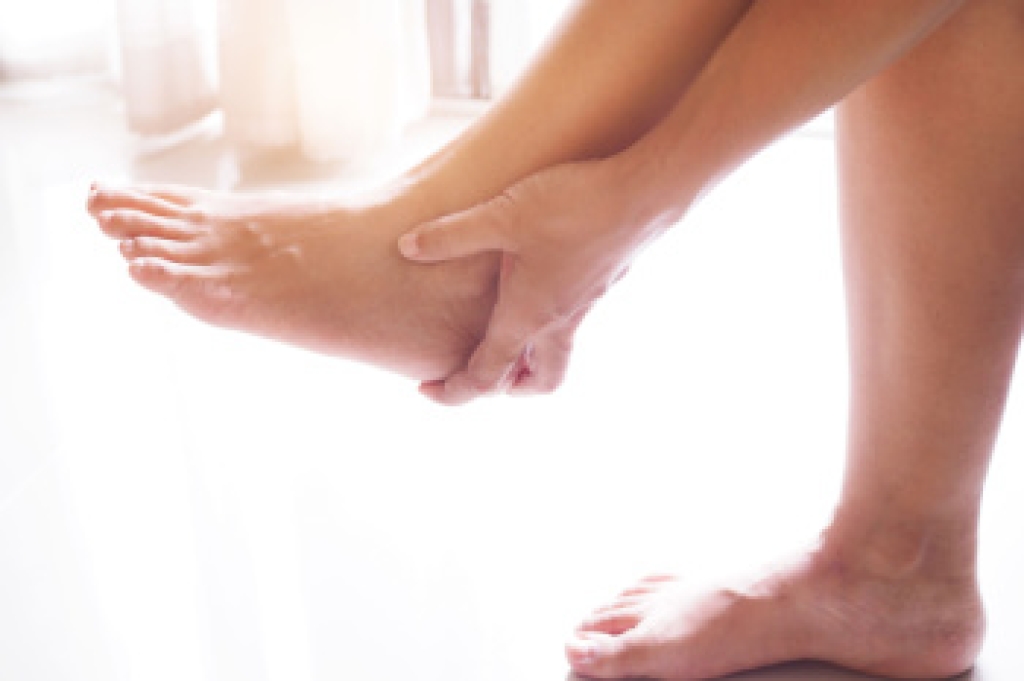
Wearing high heels later in life adds pressure on the forefoot and increases strain on the toes and ankles, which can make balance more difficult and raise the chance of falls. When a heel sits too far back on the shoe and does not line up well with the leg bones, the foot is not properly supported and the ankle can become unstable. A heel positioned more directly under the leg helps improve balance, reduces wobbling, and lowers the chance of injuries. Choosing a shorter or wider heel eases pressure on the ball of the foot, and avoiding very narrow styles for long-term standing helps limit irritation. High heels also shift weight forward, which can lead to aching or burning beneath the ball of the foot. A podiatrist can offer guidance on safer footwear choices and prescribe orthotic inserts as needed. If you are experiencing foot pain or balance problems from wearing high heels, it is suggested that you make an appointment with a podiatrist for an exam and treatment.
High heels have a history of causing foot and ankle problems. If you have any concerns about your feet or ankles, contact Michael Bess, DPM from Florida. Our podiatrist can provide the care you need to keep you pain-free and on your feet.
Effects of High Heels on the Feet
High heels are popular shoes among women because of their many styles and societal appeal. Despite this, high heels can still cause many health problems if worn too frequently.
Which Parts of My Body Will Be Affected by High Heels?
- Ankle Joints
- Achilles Tendon – May shorten and stiffen with prolonged wear
- Balls of the Feet
- Knees – Heels cause the knees to bend constantly, creating stress on them
- Back – They decrease the spine’s ability to absorb shock, which may lead to back pain. The vertebrae of the lower back may compress.
What Kinds of Foot Problems Can Develop from Wearing High Heels?
- Corns
- Calluses
- Hammertoe
- Bunions
- Morton’s Neuroma
- Plantar Fasciitis
How Can I Still Wear High Heels and Maintain Foot Health?
If you want to wear high heeled shoes, make sure that you are not wearing them every day, as this will help prevent long term physical problems. Try wearing thicker heels as opposed to stilettos to distribute weight more evenly across the feet. Always make sure you are wearing the proper shoes for the right occasion, such as sneakers for exercising. If you walk to work, try carrying your heels with you and changing into them once you arrive at work. Adding inserts to your heels can help cushion your feet and absorb shock. Full foot inserts or metatarsal pads are available.
If you have any questions, please feel free to contact our office located in West Palm Beach, FL . We offer the newest diagnostic and treatment technologies for all your foot care needs.




